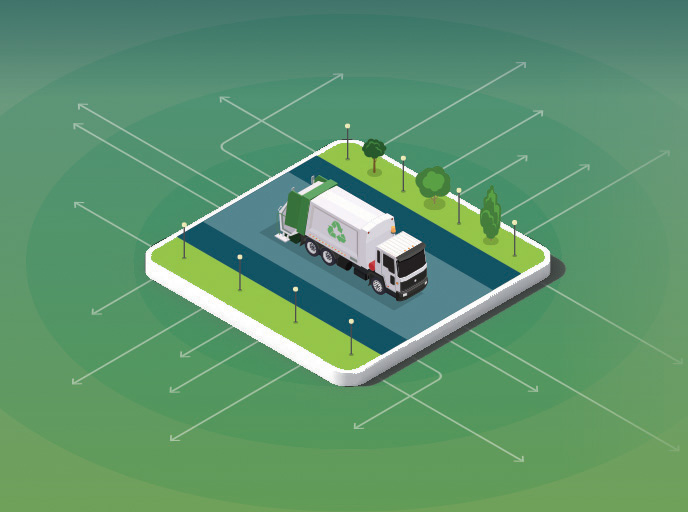II - Green urban innovation hubs as change catalysts
We want to encourage behavioural change, and to find ways of deploying such projects more effectively.
Matteo Satta, CLIMABOROUGH project coordinator
Cities are engines of innovation. This is where new ideas are often generated, and where concepts such as greener transport and more efficient waste recycling can be trialled. However, integrating new concepts such as waste separation into coherent long-term urban planning, and sharing the best practices that evolve there, is not always easy. The CLIMABOROUGH(opens in new window) project was launched in early 2023 to address this. “Our idea was to bring together 14 cities from across Europe, to create local hubs around innovative pilot projects,” explains CLIMABOROUGH project coordinator Matteo Satta, from the Association of Municipalities of Tuscany(opens in new window) (website in Italian) in Italy.
Angels of the city
A key aim is ensuring that cities are not left behind in the transition towards more sustainable modes of living. While some cities within the consortium are leaders in green mobility, for example, others have recognised a need to build up capacity and expertise. Tenders for local pilot solutions for mobility, energy and waste, and circularity have closed, and the consortium is currently evaluating applications. About 25 solutions will then be approved and launched across the partner cities. The providers of those solutions, typically start-ups, will be involved in each innovation hub. “We also have two key project partners that we call city angels,” notes Satta. “These specialists will work across the cities, to help make the pilot projects a reality.” The second key element of the project will be connecting these local hubs at the European level. Two main hubs are envisaged: one focused on mobility and energy, the other on waste and circularity. “The aim here is for cities to learn from each other,” adds Satta. “These hubs will help cities to connect the dots, and thus, to reduce the gap between the cities, the market and the citizens.” Satta is also hopeful that once under way, the pilot projects will act as catalysts for further innovation. “We want to encourage behavioural change in things such as waste separation and use of public transport, and to find ways of deploying such projects more effectively,” he says.



